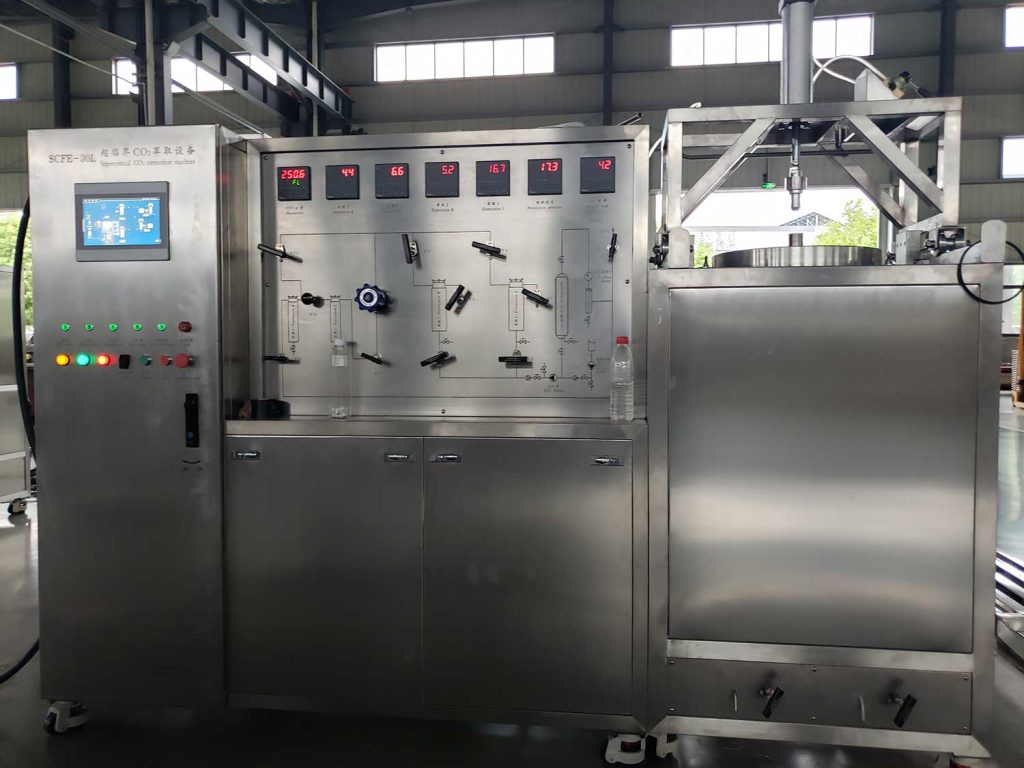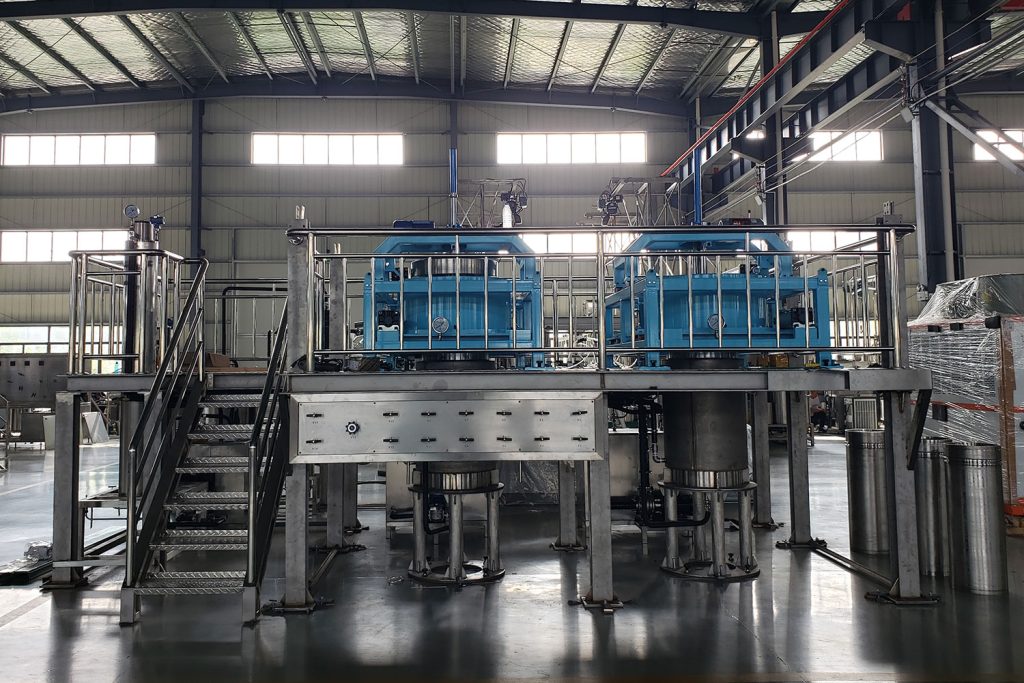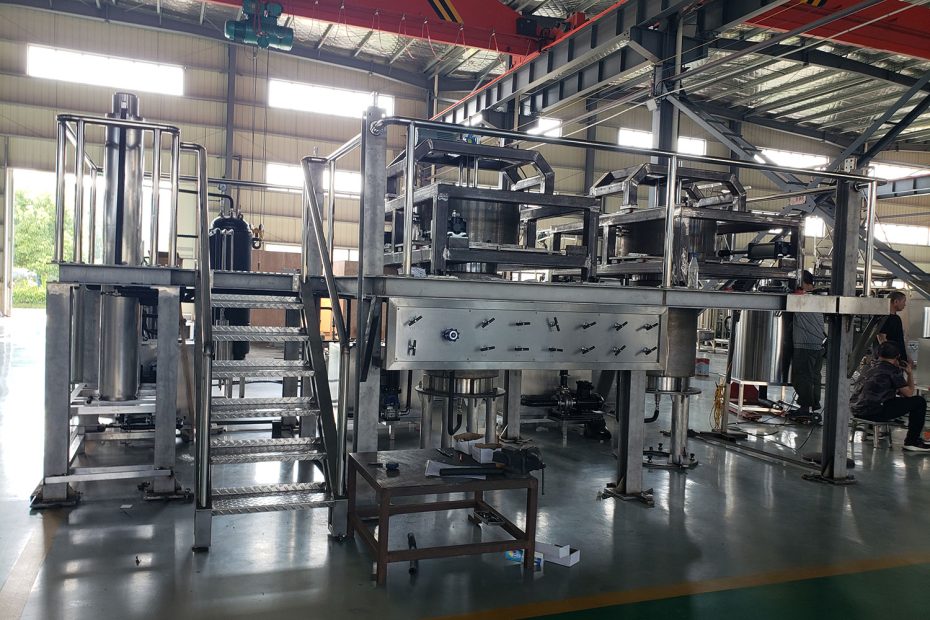The supercritical CO2 extraction process has revolutionized industries ranging from pharmaceuticals to food production, offering a clean and efficient method to extract essential compounds.
The supercritical CO2 extraction process has emerged as a pivotal technique for obtaining valuable compounds from various substances. However, its high operating pressure demands stringent safety considerations.
From production and maintenance to explosion and fire protection, a comprehensive safety approach is imperative to avert accidents and component explosions. Implementing appropriate safety measures stands as a paramount responsibility in harnessing the benefits of this process effectively.
Safety in Production and Maintenance
A cornerstone of safety in the supercritical CO2 extraction process lies in the production and maintenance phases. Rigorous protocols must be established to ensure equipment integrity and minimize potential risks. Regular maintenance checks, including pressure vessel inspections and valve testing, are imperative to identify and rectify any anomalies promptly.
Incorporating fail-safe mechanisms into the system design is equally crucial. Pressure relief valves and rupture discs are essential components that alleviate excess pressure buildup, preventing catastrophic equipment failures. Regular training of operators and personnel enhances their awareness of potential hazards and equips them with the knowledge to respond effectively in critical situations.
Mitigating Explosion Risks
The supercritical CO2 extraction process operates in an environment with high pressures and temperatures, making the risk of explosions a pertinent concern. To mitigate these risks, explosion protection measures must be at the forefront of the safety strategy.
One effective approach is to ensure proper ventilation and exhaust systems. These systems effectively dissipate any accumulated CO2, reducing the likelihood of explosive atmospheres. Additionally, using explosion-proof equipment and materials in the construction of the extraction setup adds an extra layer of safety. Intrinsically safe electrical systems prevent sparks that could trigger explosions.
Fire Protection Measures
Fire protection forms an integral part of the safety framework in supercritical CO2 extraction setups. CO2 itself is not flammable, but other components within the extraction environment could pose fire risks. Proper storage and handling of flammable solvents and materials are vital. Installing fire detection and suppression systems can swiftly detect and contain any potential fire incidents.
The layout and design of the extraction facility also play a role in fire prevention. Adequate spacing between equipment, installation of fire-resistant barriers, and clear evacuation routes contribute to creating a fire-safe environment.

safety measures of Supercritical CO2 Extraction process
The supercritical CO2 extraction process requires high operating pressure, so safety factors such as production, maintenance, explosion protection and fire protection must be fully considered in the overall layout to strictly prevent accidents and avoid component explosions. Appropriate safety measures must be taken.
Safety valve
The function of the safety valve is to reduce the excessive pressure in the container through the automatic opening of the valve to discharge the gas. Its advantage is that when the pressure in the container drops slightly lower than the normal operating pressure, it can be automatically closed, avoiding the waste and interruption of production caused by discharging all the gas once the container is overpressured; it can be reused many times, and the installation and adjustment are relatively easy . But the sealing performance is poor, the opening of the valve has a hysteresis phenomenon, and the pressure relief response is slow.
For the high-pressure pump, it is necessary to use a pressure gauge with good performance and a matching safety valve to realize over-pressure protection. When the pressure in the extraction process exceeds the process requirements due to the blockage of viscous components, the high-pressure pump must be able to stop automatically.
For high-pressure equipment such as extraction kettles and separation kettles, matching safety valves should be selected according to their working pressures. In addition, to match the quick-opening structure of the extraction kettle, a safety protection device such as a manual vent valve (such as a household pressure cooker) must be installed on the top cover of the extraction kettle. Only when the pressure in the extraction kettle is confirmed to be zero can the lid be opened to ensure safe production. .

Explosion-proof membrane
Explosion-proof membrane is a rupture-type safety relief device. It uses the explosion-proof membrane to break under the calibration pressure to achieve the purpose of pressure relief. After the pressure is released, the explosion-proof membrane cannot continue to be used effectively, and the container is forced to stop running. Although the explosion-proof membrane is a relief device that does not reclose after blasting, compared with the safety valve, it has two characteristics: one is good airtight performance and can be completely sealed; fast. Therefore, when the safety valve cannot play an effective protective role, an explosion-proof membrane or a combination device of an explosion-proof membrane and a safety valve must be used.
For the CO2 condenser, an explosion-proof membrane must be installed to ensure the safe operation of the equipment. In addition, the management and operation personnel of the supercritical CO2 extraction device should have the necessary basic knowledge of pressure vessels, understand the difference between working pressure and hydraulic test pressure, and overpressure operation is strictly prohibited.
Top 5 Safety Measures for Supercritical CO2 Extraction
- Regular Maintenance: Scheduled checks and maintenance of equipment and pressure vessels.
- Operator Training: Training personnel to respond effectively to emergencies.
- Explosion-Proof Equipment: Using materials and equipment that prevent sparks and explosions.
- Ventilation Systems: Ensuring proper ventilation to prevent explosive atmospheres.
- Fire Detection and Suppression: Installing systems to detect and contain fires promptly.
Conclusion
we explore the multifaceted realm of safety considerations surrounding the supercritical CO2 extraction process. From design to operation, a comprehensive safety approach is indispensable in mitigating risks and ensuring a secure environment for both personnel and equipment.
The supercritical CO2 extraction process presents a realm of opportunities for various industries, but its high operating pressure mandates a robust safety framework. From production and maintenance to explosion and fire protection, each facet demands unwavering attention to detail. Through meticulous implementation of safety measures, the risks associated with accidents and component explosions can be minimized, creating an environment conducive to harnessing the benefits of this cutting-edge technique.
